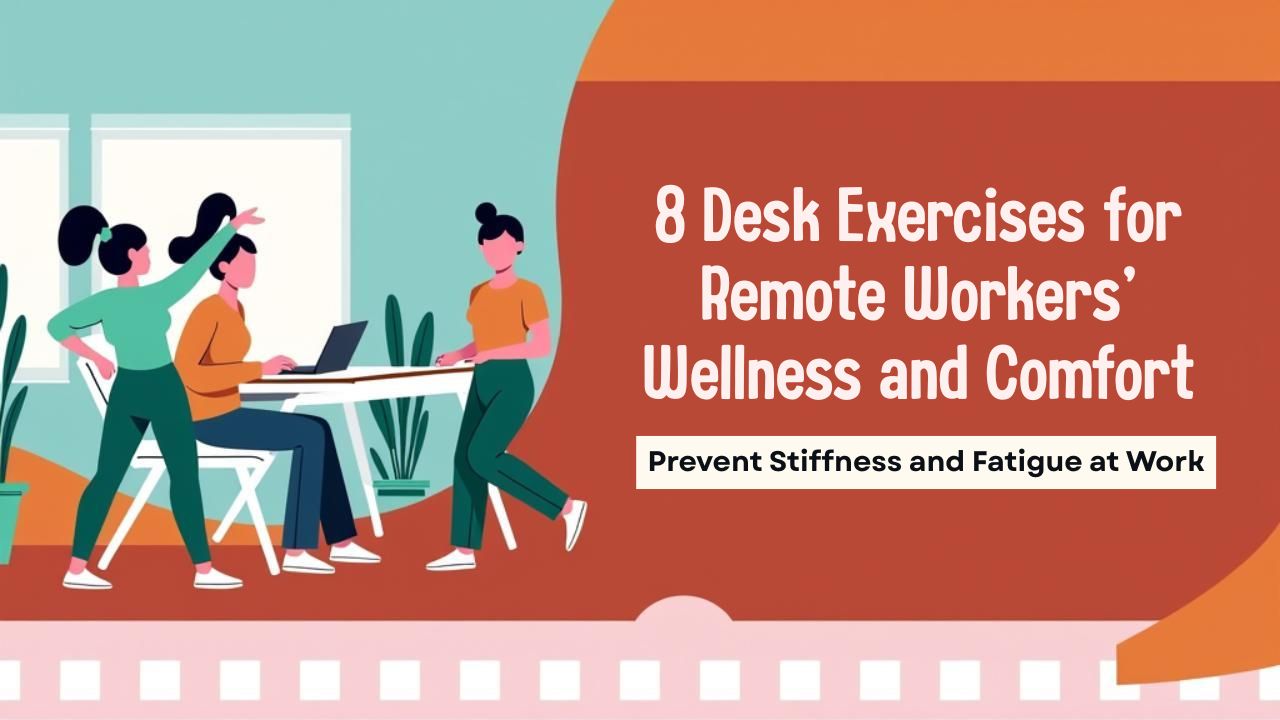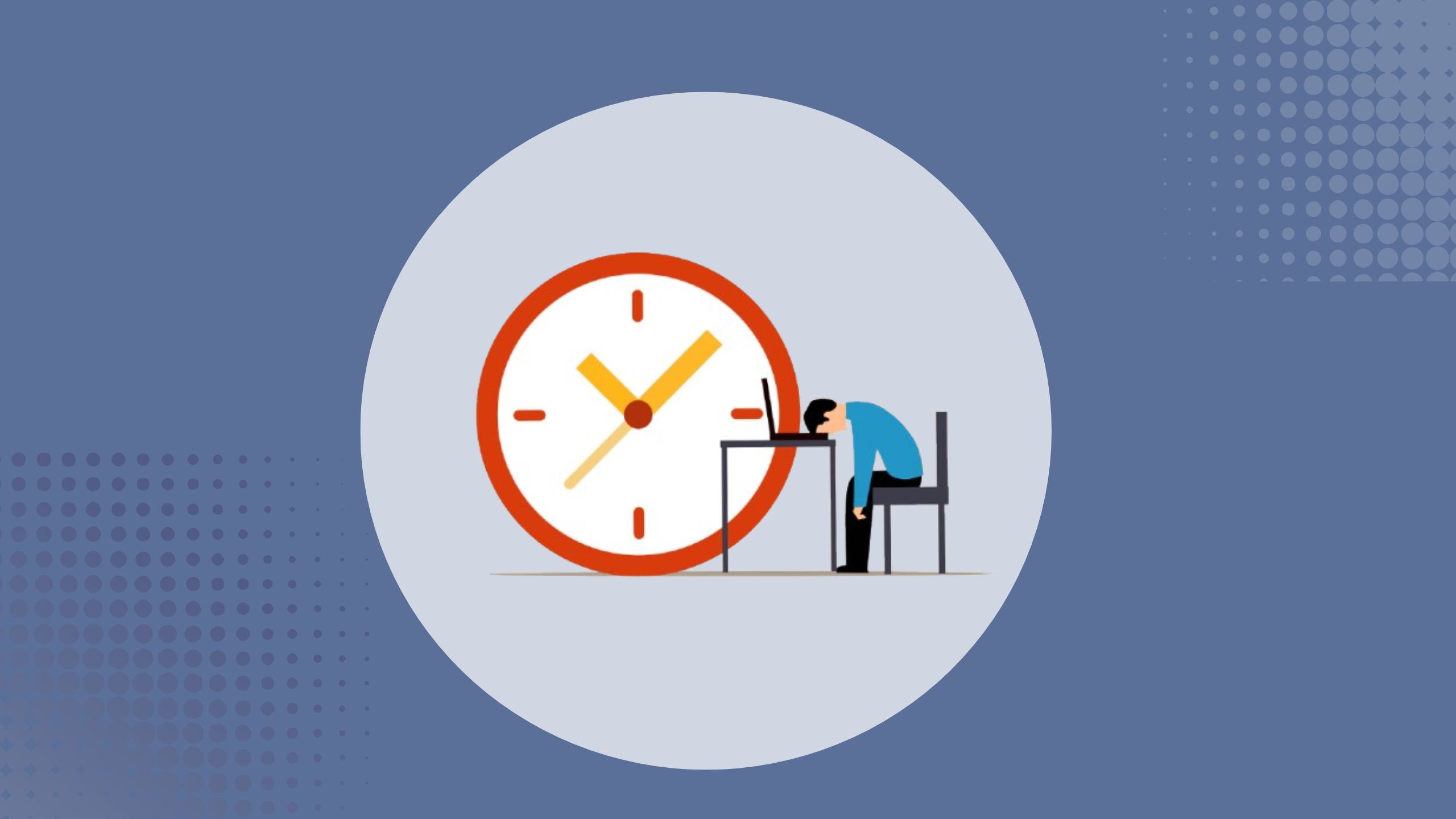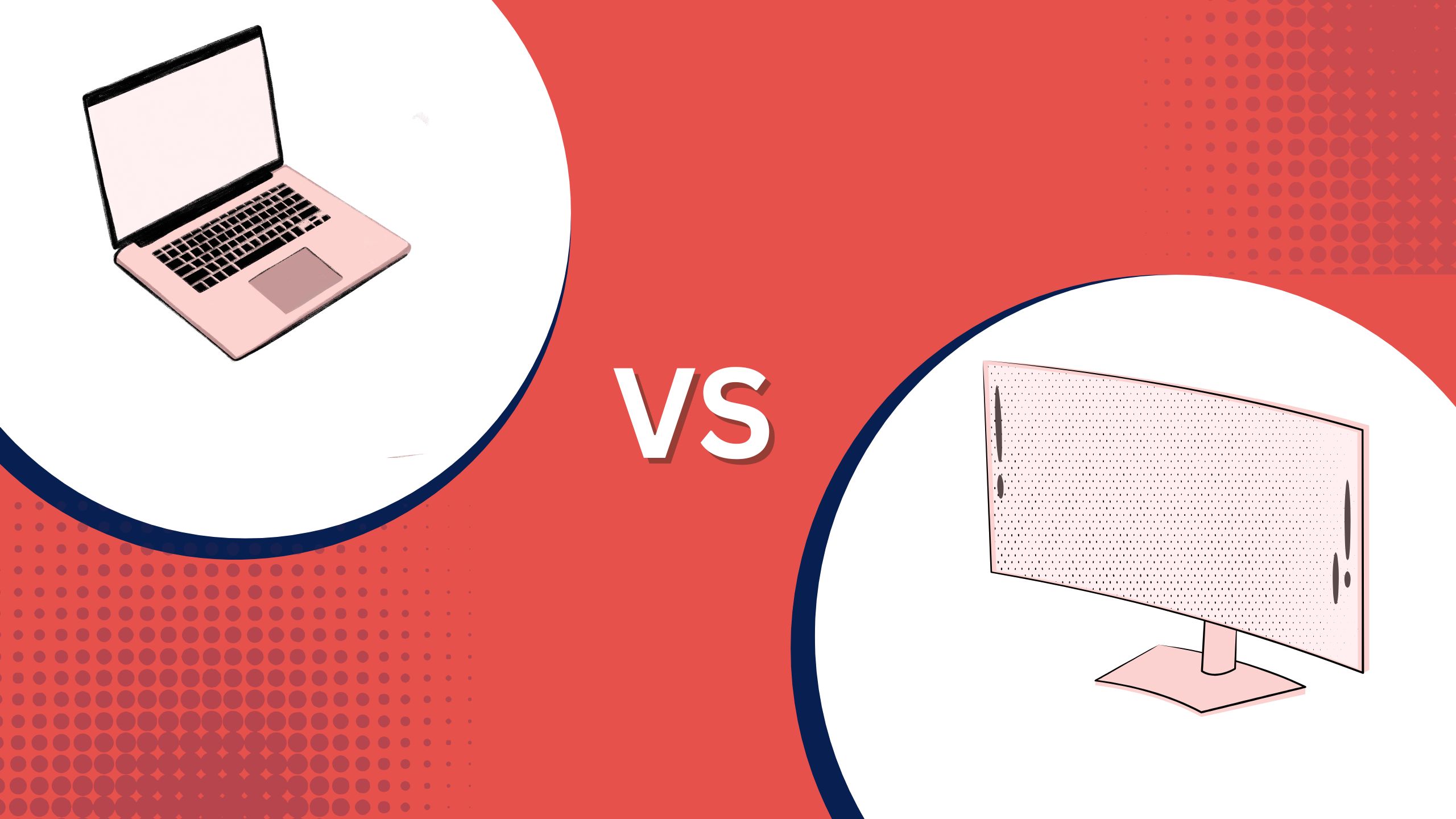If you work remotely, you’ve probably noticed how easy it is to stay in the same chair for hours without moving. There’s no walk to a meeting room, no elevator ride, and definitely no walking to your car. And while remote work offers comfort, it also creates the perfect conditions for stiff joints, sore backs, and sluggish afternoons. That’s where desk exercises for remote workers come in.
You don’t need to carve out time for a full workout or buy expensive gear. With a few simple desk workouts at home, you can loosen up tight muscles, reduce tension, and even sharpen your focus without ever leaving your chair.
These mini-movement breaks aren’t just for fitness enthusiasts. They’re perfect for anyone working a remote job who struggles with posture issues or mid-day fatigue. Adding just a few daily stretches at your desk can make a noticeable difference in how you feel by the end of the day.
Whether you’re managing back pain from remote work or just trying to stay a bit more active between meetings, this guide will walk you through the easiest and most effective ways to keep your body moving even in the smallest home office.
Desk Exercises for Remote Workers: Stay Active Without Leaving Your Chair
Working from home has its perks no commute, more flexibility, and the ability to wear pajamas to meetings. But it also comes with one big downside: sitting for too long. Remote workers often spend 8–10 hours a day at a desk, and research shows that prolonged sitting is linked to everything from back pain to reduced focus and even heart problems.
The good news? You don’t need a full-blown home gym to stay active. A few simple desk exercises throughout the day can help you stay energized, improve posture, and reduce stress. In this guide, we’ll cover practical desk exercises for remote workers, real user feedback, and smart tips to build the habit.
Why Desk Exercises Matter
Sitting might feel harmless after all, it’s just sitting but over time, it messes with your body more than most people realize. Muscles tighten, your spine slouches, blood flow slows down, and before you know it, you’re stiff, sore, and constantly drained. Most remote workers don’t notice these changes right away. It creeps in slowly maybe it starts with some tension in your shoulders, or your lower back acting up by the afternoon.
What’s worse is that without the natural movement breaks you’d get in an office (walking to someone’s desk, heading out for lunch), your body stays stuck in the same posture for hours. And it’s not built for that. Even taking a few minutes every hour to stretch or move your legs can help reverse some of that wear and tear.
Desk exercises don’t just help physically either. Moving your body even just a little can clear your head, improve your concentration, and make you feel less sluggish between tasks. It’s like hitting the reset button on your brain and body at the same time.
Most people assume staying productive means staying glued to the screen. But the reality is, short movement breaks make you more productive not less. You’ll come back to your work with more energy and fewer aches.
According to a study published in the Journal of Occupational Health, office workers who incorporated regular stretching and mobility routines experienced 32% less musculoskeletal pain over a 6-month period. Another report from the World Health Organization links sedentary behavior to nearly 2 million deaths per year globally.
Even the CDC recommends incorporating light movement throughout your day to reduce the risk of chronic diseases linked to sedentary habits.
Staying active at your desk won’t replace full workouts, but it helps break the sedentary cycle, improves blood circulation, and boosts mental clarity crucial for remote workers juggling meetings, deadlines, and notifications.
Read Also: 10 Expert-Approved Work-Life Balance Tips for Remote Workers with Busy Schedules
12 Effective Desk Exercises for Remote Workers
Here’s a list of practical exercises you can do right at your desk. No special equipment or yoga pants needed.
1. Seated Spinal Twist
Most people don’t realize how locked-up their spine gets until they try to twist and feel that tight, almost rusty sensation. The seated spinal twist is one of those simple moves that gives you instant feedback usually in the form of a satisfying stretch and a few quiet cracks in your back.
What makes this stretch great for remote workers is that it targets the exact areas that tend to suffer from long sitting sessions: the lower back, obliques, and mid-spine. It’s especially useful if you find yourself leaning into your screen or slumping without noticing.
To make the most of it, try holding the twist a little longer around 20 seconds and don’t rush it. Let your breath guide the movement. Exhale as you twist, which helps your body relax into the stretch more naturally.
Another tip: if you’re working on a swivel chair, use the armrest gently to deepen the twist, but don’t yank yourself into it. The goal isn’t to force your body it’s to reset your posture and release built-up tension.
Adding this move a couple of times a day, especially after lunch or during a long writing or coding session, can really ease that lower back stiffness that builds up without you realizing it.
- How to do it: Sit upright. Place your right hand on the back of your chair and twist your torso to the right. Hold for 10–15 seconds, then switch sides.
- Benefit: Helps relieve lower back tension and improves spinal mobility.
This guided 7‑minute routine delivers solid convenience and impact. A physical therapist leads gentle stretches perfect for posture correction and energy boosts during work.
2. Neck Rolls
- How to do it: Drop your chin to your chest and roll your head slowly from side to side.
- Benefit: Reduces stiffness and prevents “tech neck.”
If you’ve ever caught yourself rubbing the back of your neck after a few hours at your desk, you already know why neck rolls matter. That tension doesn’t show up all at once it sneaks in after a few hours of staring at a screen, shoulders creeping up without you noticing, jaw clenched from back-to-back meetings.
Neck rolls are a super simple way to break that cycle. The movement helps loosen the small muscles around your neck and upper shoulders that get stiff from holding your head in the same position for too long (especially if you’re looking slightly down at a laptop all day).
One thing people often overlook: how you do neck rolls matters. Move slowly, not in a hurry. Let your head hang heavy as it circles. Think of it less like a stretch and more like oiling the hinges in your neck.
Also, try closing your eyes while you do them. It helps you tune in to where the tension is. You might even feel a bit of a release in your upper back or around your temples if you’ve been straining to focus.
Bonus tip: combine neck rolls with a few shoulder shrugs or slow, deep breaths. You’d be surprised how much that tiny break resets your focus and clears some of that mental clutter.
3. Wrist and Finger Stretches
It’s easy to forget how much our hands do all day typing, scrolling, clicking, tapping. It adds up, and by the end of the day, your fingers can feel stiff and your wrists sore, even if you didn’t notice it happening. That’s where wrist and finger stretches come in.
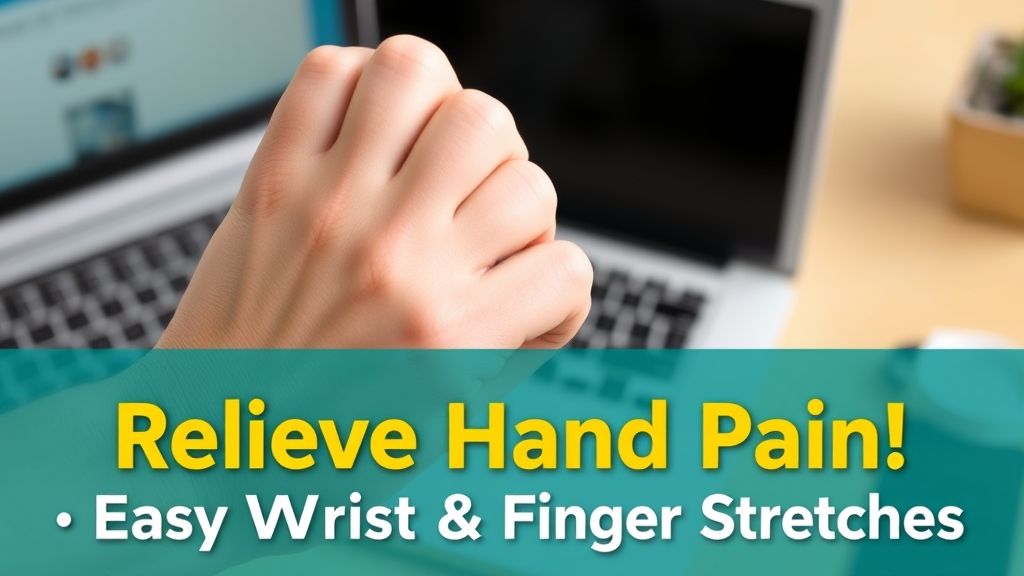
This isn’t just about comfort it’s about prevention. Repetitive motion injuries like carpal tunnel syndrome or tendonitis tend to creep in slowly. Giving your hands a few short stretch breaks during the day can keep things loose and reduce that annoying ache you might get after long typing sessions.
Here’s a nice variation: spread your fingers out wide like you’re trying to stretch them as far apart as possible, then slowly make a tight fist. Repeat that a few times. It’s a small move, but it helps improve mobility and relieves the tight feeling that shows up after hours at the keyboard.
Also, try flexing your wrists in both directions one with your palm up, the other with your palm down. It targets different muscle groups and gives you a more complete reset. You’ll probably be surprised by how much better your hands feel, especially during busy work weeks.
- How to do it: Extend one arm forward with palm facing up. Use the other hand to gently pull fingers back. Repeat for each hand.
- Benefit: Prevents carpal tunnel and improves blood flow to fingers.
4. Shoulder Shrugs
Shoulder tension is sneaky. You might not notice how tense you are until your neck starts to feel stiff or your shoulders are basically living next to your ears. That’s when shoulder shrugs come in handy.
They’re quick, low-effort, and you can do them while your Zoom call is loading. Just raise your shoulders toward your ears like you’re trying to touch them, hold for a beat, then let them drop completely. That drop is key really let them fall.
It’s not just about stretching the muscles. It’s about releasing that unconscious tension we carry when we’re stressed, focused, or hunched over a keyboard. Adding deep breathing can make this even more effective inhale as you lift, exhale as you drop.
You can also mix things up with shoulder rolls. Forward and backward. Nice and slow. It’s a good combo that helps loosen the entire upper back and traps area, which tends to get stiff after long bouts of screen time.
Try doing a round of shrugs before a meeting or during a short break. It’s the kind of quick win that makes a difference without interrupting your day.
- How to do it: Raise your shoulders up toward your ears, hold for a second, then release.
- Benefit: Eases shoulder tension from hunching.
This crisp 5-minute routine targets neck, shoulders, and back exactly the areas that scream for relief during long workdays. It’s quiet, clean, and perfect to follow while catching up on calls.
5. Seated Leg Extensions
Your legs don’t get much love during the workday. They’re just… there, folded at the knee, hardly moving. Over time, that stillness can lead to tight hamstrings, poor circulation, and an overall feeling of heaviness in your legs. Seated leg extensions are a solid way to get them moving again without having to stand up or stop what you’re doing.
To do it right, sit tall and extend one leg out until it’s straight. Hold it for a few seconds feel your thigh muscles working then lower it down slowly. Switch sides. That’s it. No sweat, no noise, no disruption.
What’s great about this move is that it gets your quadriceps firing and improves blood flow in your lower body. That’s especially important if you tend to sit for hours without getting up. Bonus: it activates your core slightly too, especially if you try not to lean back while lifting your leg.
If you want to level it up a bit, loop a resistance band around your ankles or hold for a longer count. It’s surprisingly effective, especially for a move that barely looks like exercise.
- How to do it: While seated, extend one leg out straight, hold for 5 seconds, lower, and switch.
- Benefit: Engages thigh muscles and boosts lower body circulation.
6. Chair Squats
You don’t need a gym to work your legs chair squats prove that. This is one of the most effective ways to wake up your lower body and engage your core, especially if you’ve been sitting still for too long.
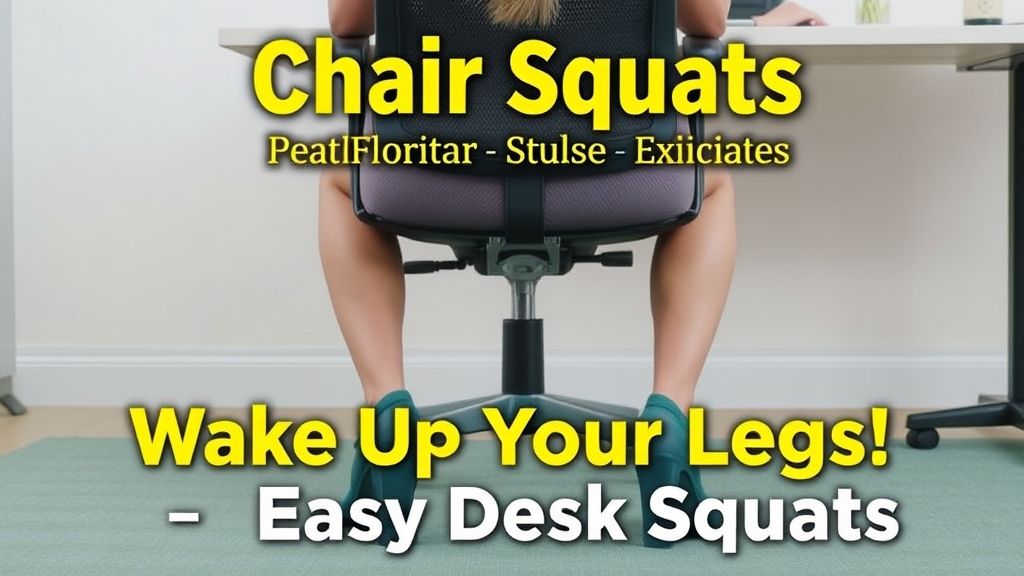
Stand up from your chair, lower your body like you’re going to sit down again, but stop just before you hit the seat, then push back up. Repeat that a few times. It might sound basic, but it fires up your quads, glutes, and hips all the big muscles that go dormant during long sitting sessions.
A lot of remote workers deal with tight hips and weak glutes because they don’t use them much throughout the day. Chair squats help reverse that. You don’t even have to do a full set. Just get up and do 5–10 when you’re waiting for a file to load or between meetings.
Keep your knees tracking over your toes, and try not to lean forward too much. It’s not about speed it’s about control. If you’re short on time and need a quick energy boost, this is one of the best desk-friendly moves you can do.
- How to do it: Stand up and lower yourself until just above your seat, then rise back up. Repeat 10–15 times.
- Benefit: Strengthens quads, glutes, and core.
7. Toe Taps
Toe taps might not sound like much, but they’re a sneaky-good way to keep your legs and ankles from turning to stone after hours at your desk. They’re perfect when you want to keep blood flowing but can’t stand up.
Just sit upright and tap your toes rapidly on the floor. It’s almost like you’re bouncing them to a beat. The faster you go, the more it wakes things up. You can also alternate feet or tap both at the same time.
It’s a subtle movement, but it helps reduce stiffness in your ankles and encourages circulation in your lower legs especially helpful if you’ve been sitting cross-legged or in a weird position all morning.
Some people like to use toe taps as a kind of built-in timer doing them for 30 seconds every time they send an email or finish a task. It’s a small habit, but over the course of a day, those micro-movements really add up.
- How to do it: Tap your toes on the ground quickly for 30–60 seconds.
- Benefit: Stimulates blood flow to the legs and keeps ankles mobile.
Read Also: Strategic Remote Worker’s Guide: Meal Prep for Productive Remote Workdays
8. Calf Raises
Your calves don’t get much attention during desk work, but keeping them active helps with balance, blood flow, and even your ability to stand for longer periods. Calf raises are a quick, effective fix and you can do them right behind your chair.
Just stand, lift your heels slowly off the floor, pause at the top, then lower down with control. That’s one rep. You don’t need to rush it. In fact, slower is better.
Calf raises are especially useful if you sit for hours at a time, since immobility can cause swelling in your feet or a heavy, numb feeling in your legs. Doing a few sets every day keeps that in check and builds some strength while you’re at it.
To make them more challenging, try standing on one leg at a time or doing them on a stair step with your heels hanging off the edge. But even the basic version makes a difference, especially when paired with toe taps or short walking breaks.
- How to do it: Stand behind your chair, lift your heels off the ground and lower slowly. Repeat.
- Benefit: Works calf muscles and improves balance.
9. Seated Marches
Seated marches are one of the easiest ways to sneak in some cardio without leaving your desk. They also help wake up your hips, activate your core, and get your blood flowing ideal for that sluggish afternoon stretch.
Just sit tall and lift one knee up toward your chest, lower it, and repeat on the other side like you’re marching in place. Go at your own pace. You can go slow and controlled or pick up the tempo for a mini cardio burst.
This move is especially helpful if you find your legs getting heavy or numb, or if you just need to shake off the brain fog. It’s also surprisingly effective at getting your heart rate up just enough to feel more alert without breaking a sweat.
If you’re on a long call where you don’t need to speak much, seated marches are a solid way to stay active without drawing attention.
- How to do it: While seated, alternate lifting knees up and down like marching in place.
- Benefit: Gets your heart rate up without leaving the chair.
10. Wall Angels
Posture takes a real hit when you’re working from a couch, a bed, or a desk that’s too low. Over time, your shoulders roll forward, and your upper back starts to round. That’s where wall angels come in they help train your body back into alignment.
To do them, stand with your back against a wall, arms bent at 90 degrees, and slowly slide your arms up and down while keeping your back and arms touching the wall. It’s harder than it sounds, especially if your posture’s been off for a while.
This movement targets the upper back and shoulder stabilizers, which are crucial for good posture. It helps counteract all that hunching we do over laptops and phones.
A good trick: if you can’t keep your arms on the wall the whole time, don’t force it. Just go as far as you comfortably can. Over time, your range will improve.
Do a few reps between long blocks of screen time. It only takes a minute, but it can reset your posture and ease tension in your neck and shoulders.
- How to do it: Stand against a wall, arms in a goalpost position. Slide arms up and down slowly.
- Benefit: Corrects posture and opens up the chest.
11. Forearm Stretch
If you’re typing all day, your forearms are putting in more work than you think. Over time, all that repetitive movement can lead to tightness, strain, and in some cases, full-blown discomfort that travels from your wrist to your elbow. The forearm stretch is an easy fix, and most people don’t do it until something starts to hurt.
To get it right, extend one arm in front of you with the palm facing down. With your other hand, gently pull the fingers back toward you until you feel a stretch through your wrist and down your forearm. Hold it. Breathe. Then switch sides. You can also flip your hand so your palm faces up and pull downward to hit a different part of the forearm.
This stretch is especially helpful after long stretches of typing or mouse work. It’s also a great preventative move doing it once or twice a day helps keep things loose before tension sets in.
If you’re doing creative work, coding, or spending a lot of time using shortcuts and clicking around, this one should be part of your regular reset routine. It takes 30 seconds and can help you avoid bigger problems later on.
- How to do it: Extend arm with palm down, use the opposite hand to gently bend fingers back.
- Benefit: Relieves tension from typing.
12. Breathing Breaks
It sounds too simple to matter, but breathing breaks are one of the most underrated tools for staying focused and calm while working remotely. When you’re caught up in a busy day, your breathing tends to get shallow without you even realizing it. Over time, that can raise your stress levels and drain your energy.
A breathing break isn’t just sitting still it’s about intentional, full breaths. Inhale slowly through your nose, hold it for a few seconds, then exhale fully through your mouth. Do that for a minute or two and you’ll notice the difference almost immediately.
Try using a 4-4-4-4 rhythm: breathe in for 4 seconds, hold for 4, exhale for 4, and pause for 4. Repeat for a few rounds. This kind of breathing resets your nervous system, helps with mental clarity, and even reduces tension in your shoulders and neck.
The best part? You don’t need a mat, music, or an app. Just pause, close your eyes if you can, and breathe with intention. It’s especially helpful before starting a big project, right after a tough email, or during a mid-afternoon crash.
Pairing this with a stretch or short walk around your home makes it even more effective and you’ll come back to your screen feeling noticeably more grounded.
- How to do it: Close your eyes, inhale for 4 seconds, hold for 4, exhale for 4. Repeat for 1–2 minutes.
- Benefit: Lowers stress and boosts mental clarity.
Tips to Make Desk Exercises a Daily Habit
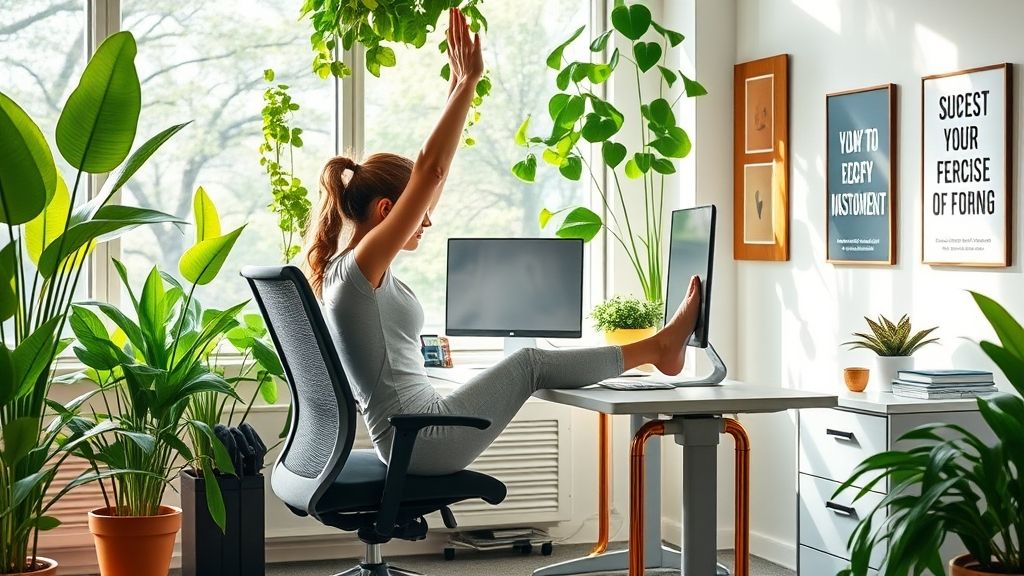
Starting is easy. Sticking with it? That’s where most people fall off. The key to building a habit with desk exercises isn’t about motivation it’s about making the routine feel like part of your workday, not something extra you need to remember.
One smart way to lock it in is to tie a stretch to an existing habit. For example, every time you hit “Send” on an email, do a wrist stretch. Or after every video call, take a minute to roll your neck and do a few shoulder shrugs. When movement is attached to something you’re already doing, it becomes automatic.
Another idea: track it visually. Keep a sticky note on your desk and make a quick tally every time you move. Seeing the numbers grow gives you a small sense of progress and keeps you accountable without needing an app or timer.
Also, don’t underestimate the power of tiny moments. A 30-second stretch still counts. You don’t need a perfectly timed five-minute routine. One quick move now and another one later adds up. What matters is consistency, not perfection.
And if you’re someone who thrives on reminders, try changing your desktop wallpaper to something that prompts movement. Even something simple like “Un-crunch your shoulders” or “Breathe and move” can snap you out of the zone just long enough to help.
Remark: if you make desk exercises easy, visible, and tied to stuff you’re already doing, they’ll eventually become just another part of how you work not another task on your to-do list.
Conclusion
You don’t need to hit the gym to feel better while working from home. Just adding 5 minutes of desk exercises for remote workers a few times a day can reduce pain, boost focus, and even lift your mood. It’s simple, free, and totally worth it.
Want to stay on track? Bookmark this page, or better yet, print out your favorite stretches and stick them next to your monitor.

